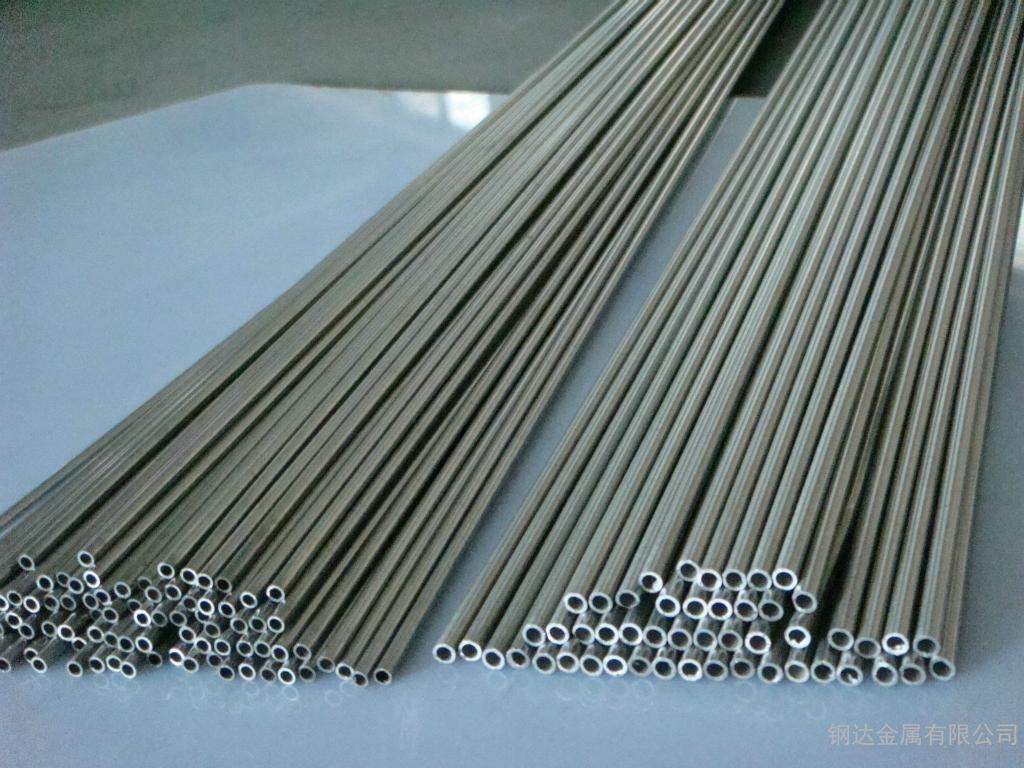What is DIN 2391-ST37.4?
DIN 2391 ST37.4 refers to a seamless precision steel tube that complies with the German Industrial Standard. ST37.4 refers to the grade of this steel pipe.These tubes are often used in the construction of hydraulic and pneumatic systems, automotive parts, and mechanical engineering due to their good formability and machinability.
1. Characteristics of DIN 2391-ST37.4
(1) DIN 2391-ST37.4 Material
ST37.4 is a low-carbon steel with a carbon content of approximately 0.17%.
Due to its low carbon content, this steel exhibits excellent weldability while maintaining good plasticity and ductility.
(2) DIN 2391-ST37.4 Size Range
Outer Diameter: 4 mm - 60 mm
Wall Thickness: 0.5 mm - 8 mm
(3) DIN 2391-ST37.4 Mechanical Properties
Tensile Strength: 340 - 480 MPa
Yield Strength: ≥ 235 MPa
Elongation: ≥ 25%
(4) DIN 2391-ST37.4 Chemical Composition
|
Element |
Content (%) |
|
C |
≤ 0.17 |
|
Mn |
≤ 0.40 |
|
P |
≤ 0.025 |
|
S |
≤ 0.025 |
2. Applications of DIN 2391-ST37.4
uAutomotive Industry
Used for manufacturing high-precision automotive parts such as fuel pipes and hydraulic system pipelines.
uMechanical Manufacturing
Used for manufacturing precision mechanical parts such as bearings, shafts, and hydraulic cylinders.
uEngineering Structures
Used for various engineering structure supports and transmission components, such as bridge supports and piping in building structures.
uOil and Gas Industry
Used for pipelines transporting high-pressure fluids and gases.
3. Advantages of DIN 2391-ST37.4
(1) High Precision
(2) Good Mechanical Properties
(3) Wide range of applications
4. Surface Treatment Types for DIN 2391-ST37.4
uPickling
Pickling involves using an acid solution to remove oxide scales and rust from the steel tube surface. After treatment, the steel tube surface is smooth and clean, facilitating subsequent coating or plating processes.
uPhosphating
Phosphating creates a water-insoluble phosphate coating on the steel tube surface, which improves corrosion resistance and provides a good base for subsequent coatings.
uBlack Oxide
Black oxide treatment (also known as blackening or bluing) forms an oxide film on the steel tube surface through a chemical reaction, enhancing its corrosion resistance and aesthetic appeal.
uElectroplating
Electroplating deposits a layer of metal (such as nickel or chromium) on the steel tube surface through an electrochemical process to enhance its corrosion resistance, wear resistance, and aesthetic appeal.
uGalvanizing
Galvanizing involves applying a zinc coating to the steel tube surface to provide excellent corrosion protection. Common galvanizing methods include:
Hot-Dip Galvanizing
Immersing the steel tube in molten zinc to form a thick and uniform zinc coating. This method offers excellent corrosion resistance, making it suitable for pipes exposed to harsh environments.
Electro-Galvanizing
Depositing a layer of zinc on the steel tube surface through an electrochemical process. Electro-galvanizing is typically used for applications requiring a smooth and even surface with a thinner coating.
5. International Standards Comparison for DIN 2391-ST37.4
ASTM A179 (American Standard): ASTM A179 is similar to ST37.4 in terms of chemical composition and mechanical properties, primarily used for seamless tubes in heat exchangers and condensers.
EN 10305-1 (European Standard): EN 10305-1 covers similar cold-drawn seamless precision tubes. The equivalent material in the EN standard might be E235.
- PREV:What is DIN 2391-ST45?
- NEXT:What is DIN2391-ST35?
请输入搜索关键字
确定






